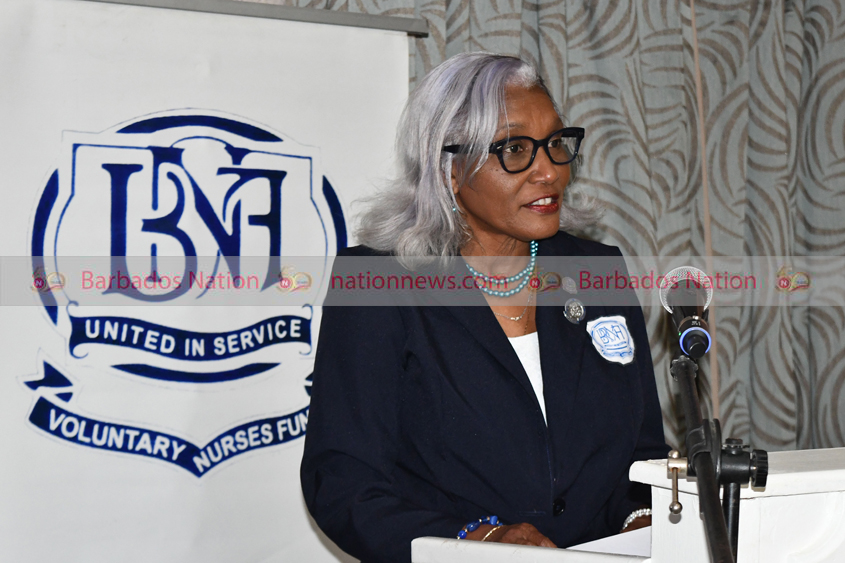Copyright mxmindia

The ad world lost its soul last week. Piyush Pandey, the man who gave Indian advertising its idiom, emotion, and humanity, is gone. Yet, it’s impossible to look around our everyday lives and not see his imprint. His words are stitched into the fabric of our speech, our humour, our sense of what it means to be Indian. He was the mind behind Fevicol’s Mazboot Jod, Cadbury Dairy Milk’s Kuch Khaas Hai, and Pulse Polio’s Do Boond Zindagi Ke. Each of these lines transcended the product. They told stories of people, of connection, of resilience, stories that made even the most commercial message feel human. And that’s where I locate Piyush Pandey’s quiet form of inclusion, not in a speech or manifesto, but in the pulse of his storytelling. Before Piyush Pandey, Indian advertising spoke in borrowed accents. It was aspirational in a foreign way, slick, elite, distant. Then came a man from Jaipur, a former Ranji cricketer with a love for words and an instinct for emotion. Joining Ogilvy in 1982, Pandey started out as a copywriter when advertising still treated “Hindi” as provincial. He made it poetry. He turned the language of the street into the language of brands. He made humour respectable, simplicity powerful, and the everyday profound. His ads didn’t sell, they conversed. A wall of Fevicol wasn’t about glue; it was about relationships that refuse to break. A young woman dancing on a cricket field wasn’t selling chocolate; she was celebrating freedom. Two drops of vaccine weren’t a campaign, they were a collective promise. If you really think about it, every campaign he touched was inclusive, because every Indian could see themselves in it. Pandey never said the word “inclusion”, but his stories felt inclusive because they were never designed for one kind of viewer. They belonged to everyone. He didn’t cast token faces. He cast authenticity. His people were not polished models, they were the neighbourhood aunties, the small-town dreamers, the bus conductor, the mason. He had an instinct for emotional accessibility, that rare quality of making every person watching feel addressed, not excluded. And perhaps his greatest strength was his refusal to “other” anyone. In Pandey’s world, there was no “them,” only “us.” He treated every character, every consumer, every corner of the country with the same dignity of being seen. Whether you were a carpenter holding a Fevicol tin, a young woman dancing in joy, or a mother administering two drops of vaccine, you were part of the same story, ordinary, relatable, equal. In a way, his creative philosophy embodied what inclusion truly means, not putting people in boxes, but breaking them. As someone who works in the disability and inclusion space, I often see brands struggle with representation. When they finally feature a person with disability, the tone turns sombre, the music softens, and the messaging swings between pity and pride. It’s exhausting. Because inclusion is not a mood, it’s a mindset. Pandey believed advertising had to hold a mirror to society, not moralise, not judge, just reflect truthfully. That’s how Do Boond Zindagi Ke transformed public health communication, by humanising a campaign that could have been just another government PSA. In his hands, the medium became a movement. It’s the same ethos that disability advocates fight for in media, let people live their truth, not serve as metaphors. Pandey would have instinctively rejected the “supercrip” trope, where every disabled person must either be heroic or helpless. His storytelling was about participation, not pity. It didn’t perform empathy; it embodied it. When brands today use inclusion as a buzzword, they miss this subtlety. Pandey’s work was inclusive not because he showcased diversity, but because he didn’t exclude anyone from the conversation in the first place. His India had no sidelines. Pandey’s passing should make every new-age creative pause. The modern ad world, obsessed with metrics, moment marketing and moral grandstanding, often forgets the simplest truth: people don’t want to be impressed; they want to be understood. Today’s “inclusion campaigns” arrive wrapped in hashtags and data decks. They talk about empathy but rarely feel it. When a campaign like Fevikwik’s Todo Nahi, Jodo makes us laugh while celebrating jugaad; when a girl on a cricket pitch reminds us that joy is freedom; when two drops of vaccine carry the hope of a generation, that’s inclusion at work. It’s the quiet centring of humanity. Piyush Pandey’s moustached smile became the face of Indian advertising, a symbol of wit, wisdom, and warmth. But his true legacy lies in something far less visible: he made the act of communication humane. He made us believe that ads could be about us, all of us. Rural, urban, privileged, invisible, different. If new-age admen want to honour him, they must do more than make socially conscious films. They must make honest ones. Ads that don’t preach diversity but practise it. Campaigns that see people as protagonists, not props. Because if Piyush Pandey taught us anything, it is this: inclusion is not a category in your brand strategy. It’s the soul of your storytelling. And when done right, it doesn’t just sell products, it transforms culture. He gave Indian advertising its voice. It’s up to us now to make sure that voice truly belongs to everyone. Readers of MxMIndia would remember Shruti Pushkarna’s fornightly column on media and disabilities. She was also part of the founding team at MxMIndia. Shruti Pushkarna is now an independent consultant specialising in the intersection of inclusivity, communications and brand. She is Founder & CEO, Karuneti Consulting.



